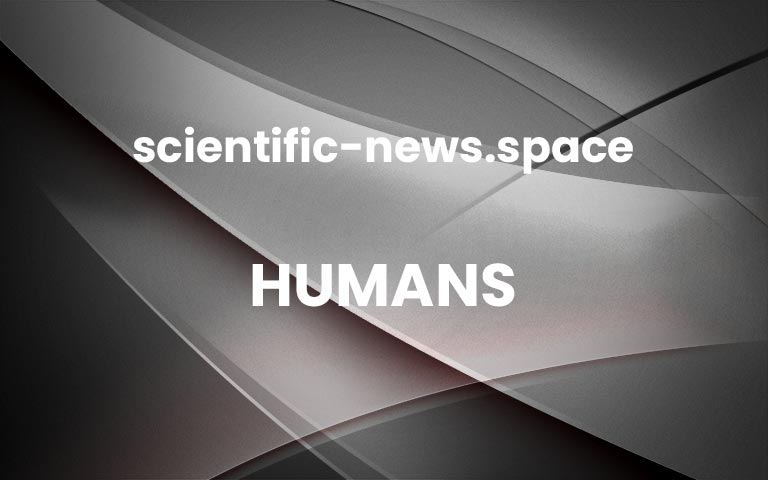A trackway of footprints thought to have been left by a Paranthropus boisei individualNeil T. Roach
Preserved footprints in Kenya appear to record two different species of ancient humans walking over the same muddy lakeshore, probably within days of each other. It is one of the most dramatic demonstrations ever found that the world was once home to multiple hominin species living side by side.
“It’s really exceptional that we find this evidence for two different species walking across that surface,” says Kevin Hatala at Chatham University in Pittsburgh, Pennsylvania.
The footprints were found in 2021 in Koobi Fora, Kenya, near the eastern shore of Lake Turkana. They were first spotted by team member Richard Loki at the Turkana Basin Institute, says Hatala: “It was a team of Kenyans who were working there originally.”Advertisement
Preserved in a dried-out layer of sand and silt, the team found a trackway consisting of 12 footprints (see image, above), evidently left by one individual walking in a straight line. There were also three isolated prints near the main group, seemingly made by three different individuals. The lack of signs of mud cracking or overprinting of tracks with others indicate that the prints were all made at about the same time. “These sites probably capture a window of time anywhere from minutes to a few days or so,” says Hatala.
The sediment has been dated to about 1.52 million years ago. The isolated tracks resemble those left by modern humans: the heel struck the ground first, then the foot rolled forwards before pushing off with the sole. Hatala and his colleagues suggest that these were made by Homo erectus, which are known to have lived in the area.
In contrast, the continuous trackway was made by a more flat-footed hominin. Hatala and his colleagues suggest this could have been Paranthropus boisei, another kind of hominin that lived in the region.
The fossil footprint on the left with a deeper heel imprint is thought to have been made by a Homo erectus, the more flat-footed one on the right by a Paranthropus boiseiKevin Hatala/Chatham
“With footprints, you can never be 100 per cent sure who made them,” says Ashleigh Wiseman at University College London, who wasn’t involved in the study. However, H. erectus and P. boisei are the only hominins whose remains have been found preserved in the area, “so we can make an informed guess that it is those two”.
If the trackway really was made by a P. boisei individual, it shows that they walked bipedally, says Wiseman. While skulls, arm and leg bones have been attributed to Paranthropus, she says, “we have never found a skull in association with the rest of the skeleton”. That means we know little about their bodies apart from their heads, and their walking style has been a mystery. The trackway changes that: “It’s unequivocal evidence of walking on two legs.”
These two species were very different. H. erectus was one of the earliest members of our genus, Homo. They had larger brains than earlier hominins and became the first of the clade to travel outside Africa. In contrast, P. boisei were small-brained with large teeth and jaws, apparently adapted to eating chewy foods like grasses and sedges.
Hatala and his team then looked at other known footprints discovered in the same region and time period and found that they seemed to match either one species or the other. “We see a similar pattern at multiple other sites, and they might span more than 100,000 years,” he says. “It seems like these two species were coexisting on this same immediate landscape with one another for a very prolonged period of time.”
“We’re guessing that there was maybe low to neutral levels of competition between them, if they were able to coexist for more than 100,000 years,” says Hatala. Previous research has suggested the two ate different foods. Unlike P. boisei, H. erectus is thought to have eaten a varied diet that included hunting large animals.
“Both of them could carve out their own existence in this shared landscape,” says Hatala. Later, environmental shifts may have driven P. boisei to extinction, while the more adaptable H. erectus survived.
Topics:evolution/human evolution More


